About
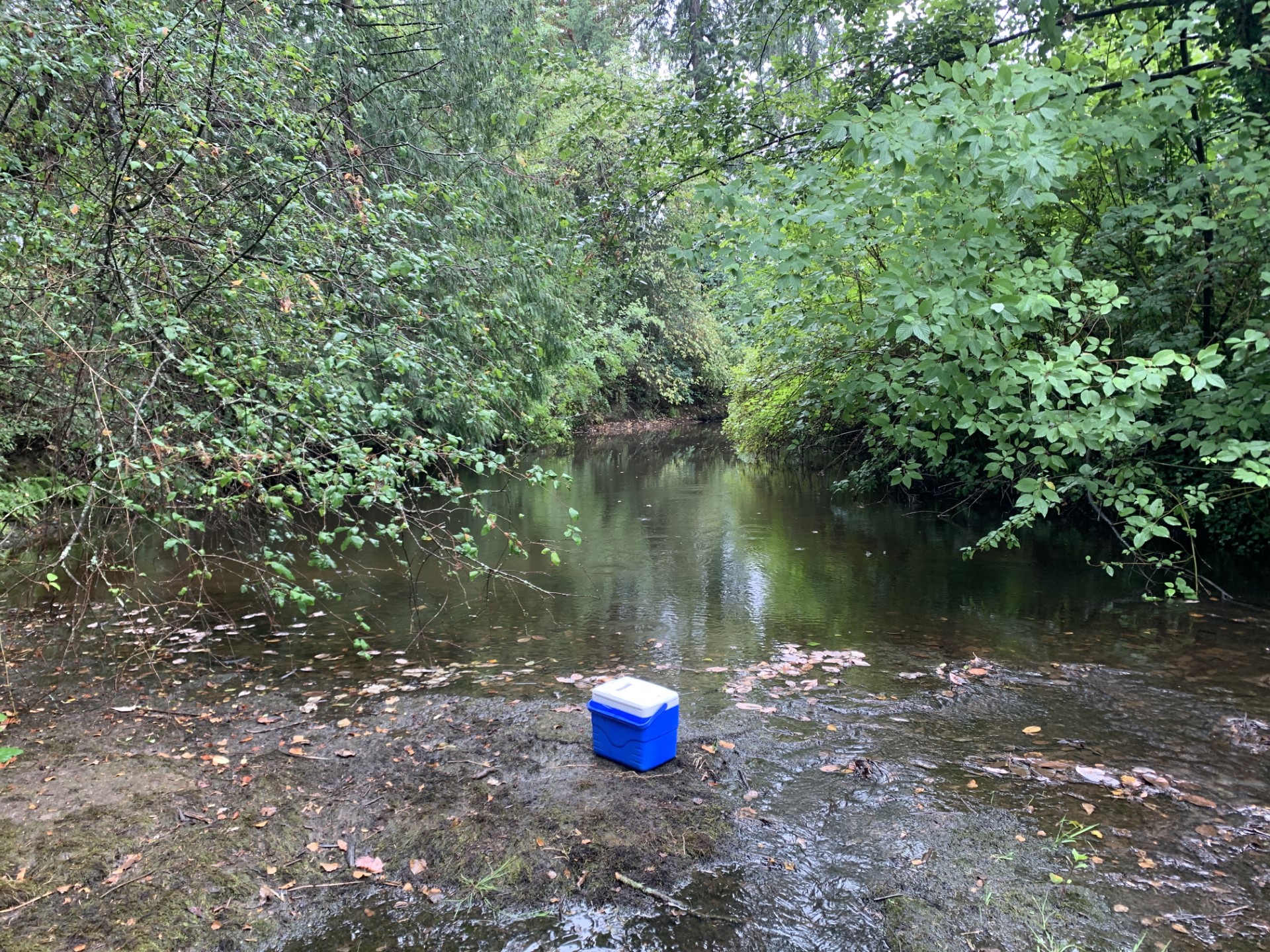
Project Background
Beginning in 2021, BC Conservation Foundation and Vancouver Island University’s Applied Environmental Research Lab (AERL) partnered to begin assessing the impacts of tire wear toxins (TWTs), specifically the chemical compound 6-PPDQ, along the East Coast of Vancouver Island.
In 2022, BC Conservation Foundation and AERL began partnering with local First Nations, stewardship groups, and all levels of government across the Island to execute a comprehensive monitoring program.
The Project Team
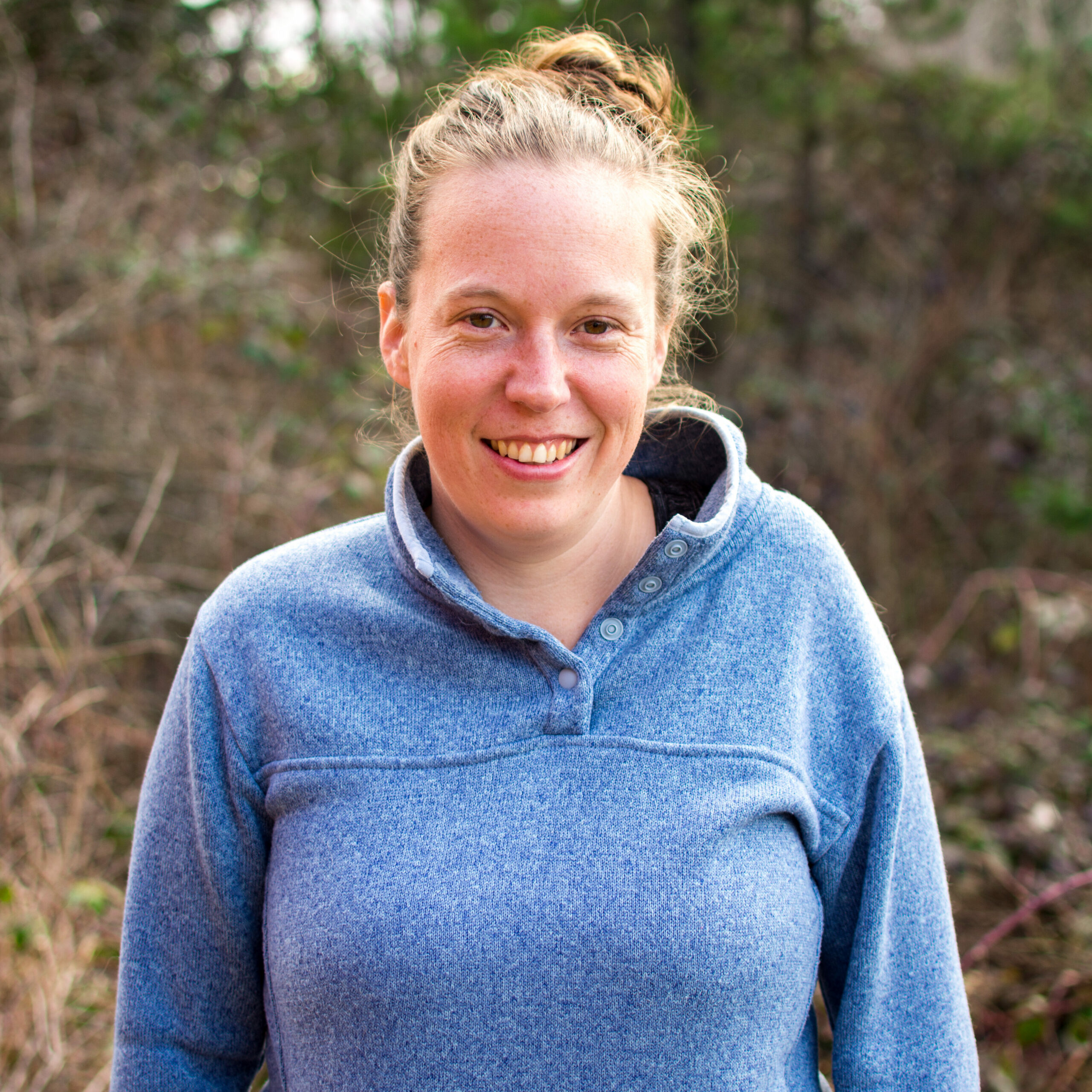
Haley Tomlin, BCCF Biologist
Haley is co-managing this program, coordinating the sample collection and volunteer samplers. She has been involved in the TWT monitoring program in partnership with VIU AERL since early 2022.
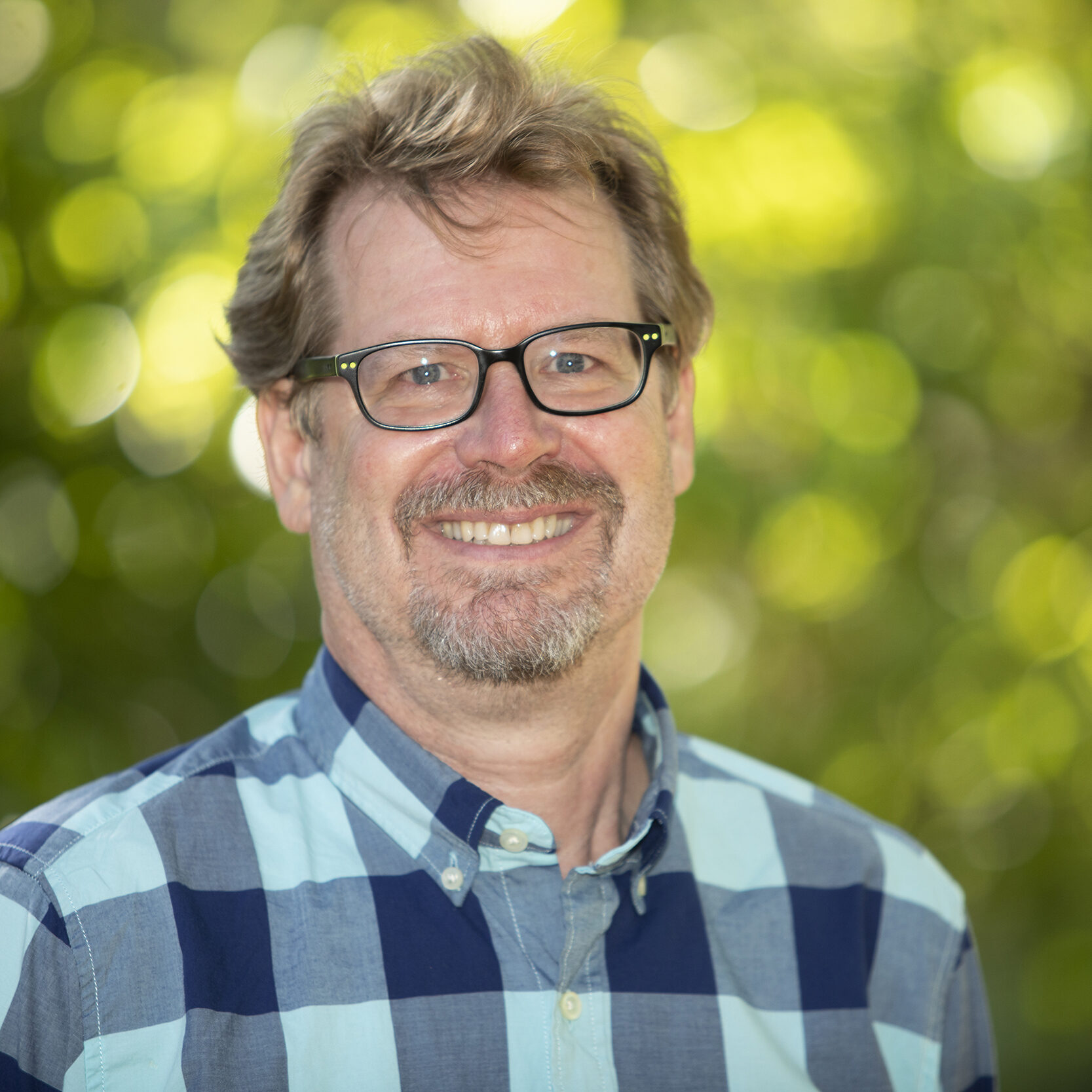
Erik Krogh, AERL Co-Director
Erik is co-managing the program, overseeing the sample analysis and mobile lab deployment. His research interests focus on the distribution and fate of trace contaminants in the environment, which has led him to working with 6-PPDQ and TWTs.
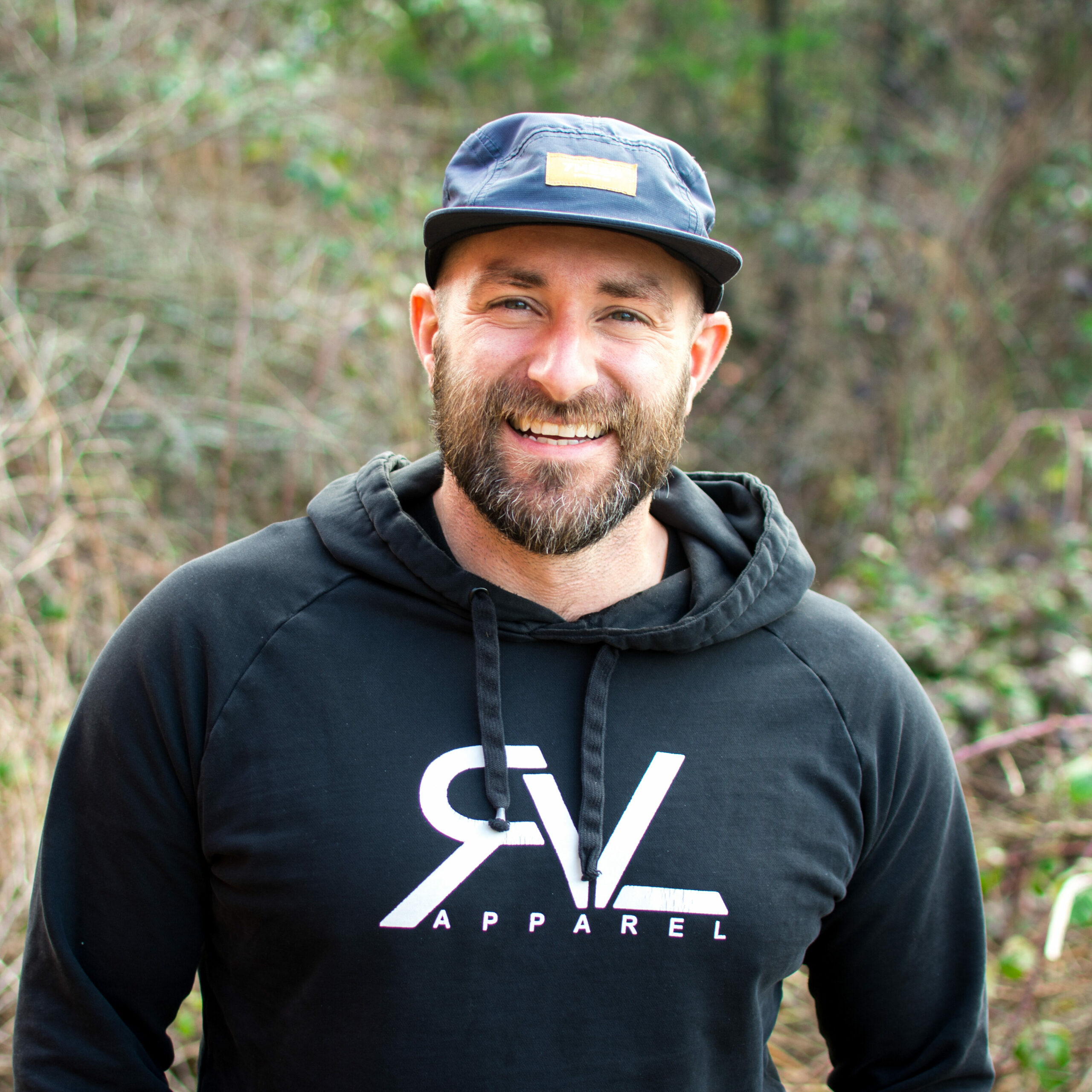
Jamieson Atkinson, BCCF Biologist
Jamieson has been involved in the TWT monitoring project since its inception in 2021. He is overseeing the delivery of the project.

Chris Gill, AERL Co-Director
Chris’ research interests include the development of ultra-trace, direct mass spectrometry methods for in situ, and rapid measurements of trace compounds.
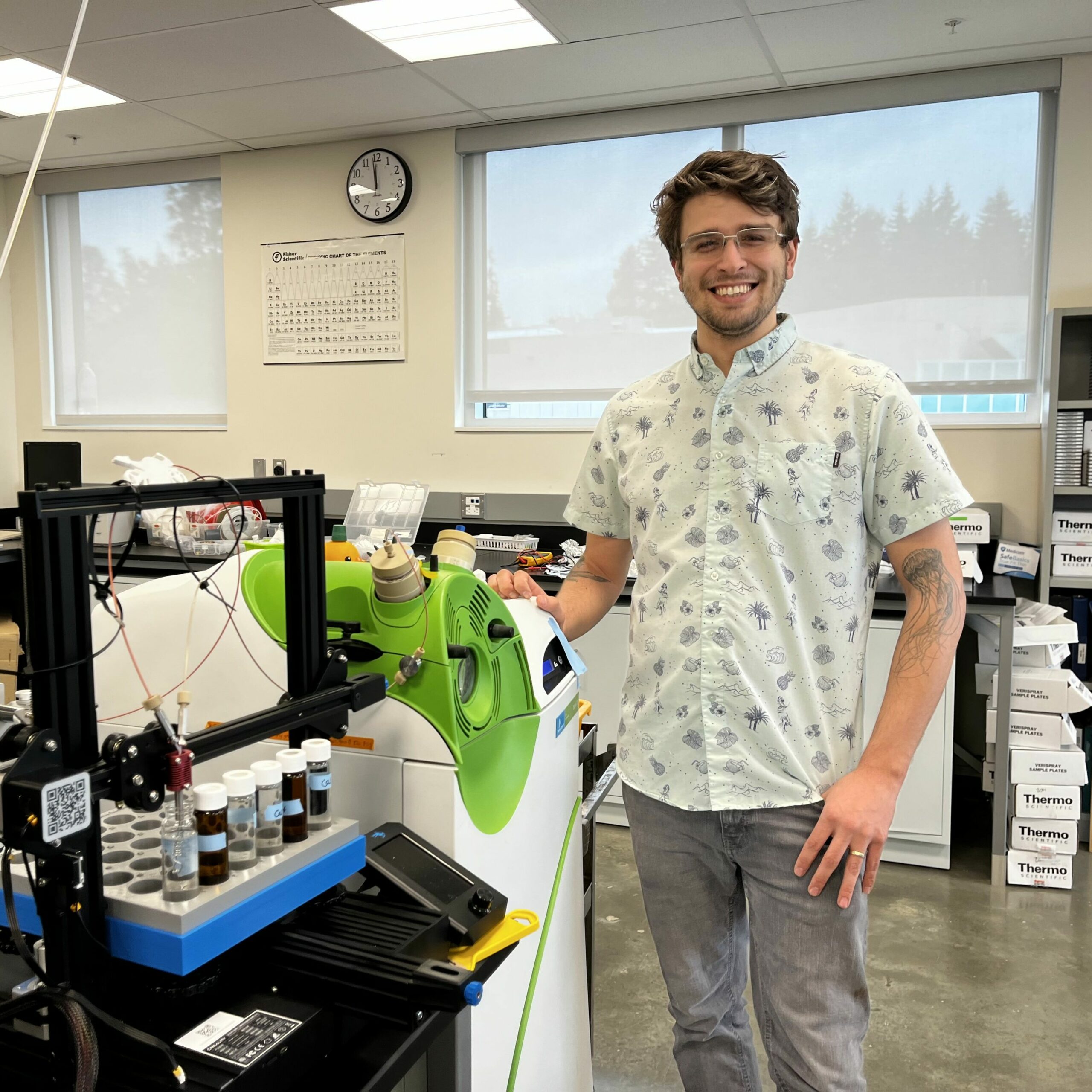
Joseph Monaghan, Ph.D. Candidate
Joseph is researching more efficient ways to measure chemical contaminants in water samples using mass spectrometry.
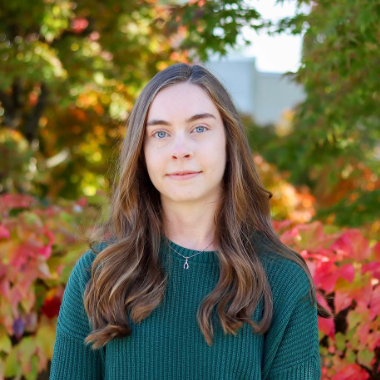
Angelina Jaeger, Masters Student
Angelina began her Masters in fall 2023. Her research will focus on continued rapid-detection 6-PPDQ monitoring and method development, as well as investigating chemical characteristics and reactions of 6-PPDQ.
6-PPDQ & Tire Wear Toxins
What is 6-PPDQ?
N-(1,3-dimethylbutyl)-N-phenyl-p-phenylenediamine-quinone, commonly referred to as 6-PPD quinone, or 6-PPDQ, is a toxin derived from the parent compound, 6-PPD (see image below).
6-PPD is a tire preservative that’s been used since the mid-1960s. It prevents cracking and degradation of the rubber. The compound makes up approximately 1-2% of all tires, by weight. As the tire wears away, new 6-PPD is exposed at the surface to protect the new rubber layer.
Other Tire Wear Toxins
A number of structurally similar PPD preservatives have been used in tire manufacturing; it is now recognized that there are at least 8 other PPDQs in tires. Many of these PPDQs have not been evaluated regarding their toxicity to salmon.
Some of the other PPDQs found in tires include: DTDPQ, DPPDQ, IPPDQ, CPPDQ, and 77PPDQ.

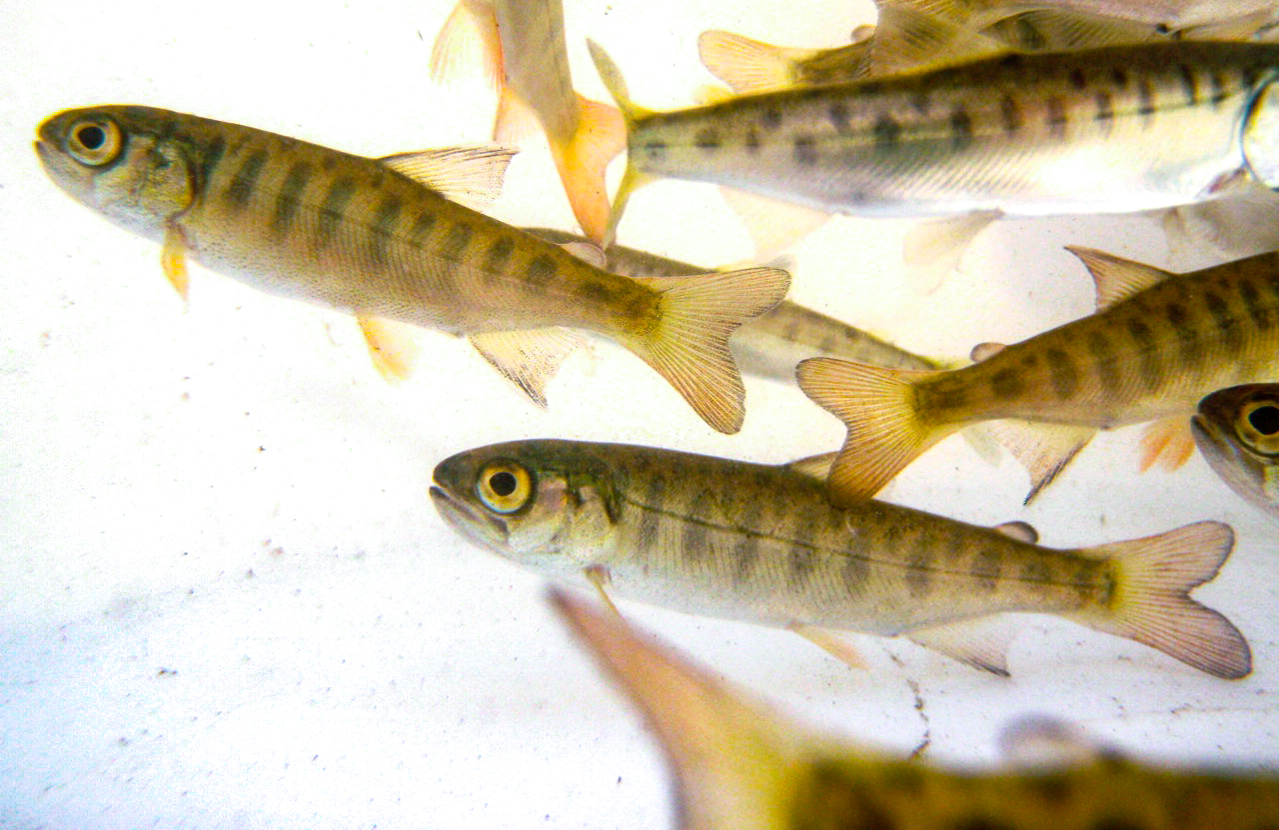
What’s The Harm?
In 2020, 6-PPDQ was found in roadway runoff and identified as the cause of urban run-off mortality syndrome (URMS) in multiple salmonid species, with coho salmon being the most vulnerable at extremely low concentrations. Unfortunately, the effects of URMS are irreversible with mortality occurring after only 24 to 48 hours of exposure.
Continuously released into the environment, these tire wear toxins are harmful at sub-parts-per-billion (ppb) levels. To visualize, 1 ppb is equivalent to approximately one half of a teaspoon in an Olympic sized swimming pool. Although numerous salmonids (salmon, trout, and char species) have been found to be sensitive to 6-PPDQ exposure and URMS, coho salmon are the most vulnerable, especially as juveniles. Each species appears to be affected at different concentrations, with some salmonids, including sockeye, chum, and arctic char seemingly unaffected.
There are still a lot of unknowns with regards to the compound itself, including the catalogue of species that may be impacted (beyond salmonids), and which systems in British Columbia are most effected.
Sample Analysis
BC Conservation Foundation has partnered with Vancouver Island University’s Applied Environmental Research Labs to support the development and application of an innovative direct sampling mass spectrometry technique, which allows for a rapid and cost-effective chemical analysis of 6-PPDQ at extremely low (parts-per-trillion) concentrations. This approach has reduced analysis times from days to minutes, is sensitive well below acute toxicity levels that induce urban runoff mortality syndrome.
We can measure up to 100 samples/day, providing the ability to survey many input sources and stream locations to identify hotspots over a large geographic area shortly after a rain event. Importantly, this method will eventually be mobilized for stream side measurements that will understanding the how concentrations vary over short time scales to monitor the duration of acute toxic events. This work will inform better mitigation strategies and aid in our understanding of the potential effects of climate change (frequency and intensity of rainfall).
A short video showing the autosampler in action! The green peaks show when a sample is being run, the red peaks how when a calibration is running, and the purple peaks show the autosampler running a calibration check to ensure the instrument is performing correctly after every five samples.
It has been observed that storage time before analysis can influence the PPDQ concentrations in some samples; therefore, they should be measured shortly after collection. This innovative analysis method is a critical component of all aspects of the proposed project.
Nature Based Mitigation Solutions
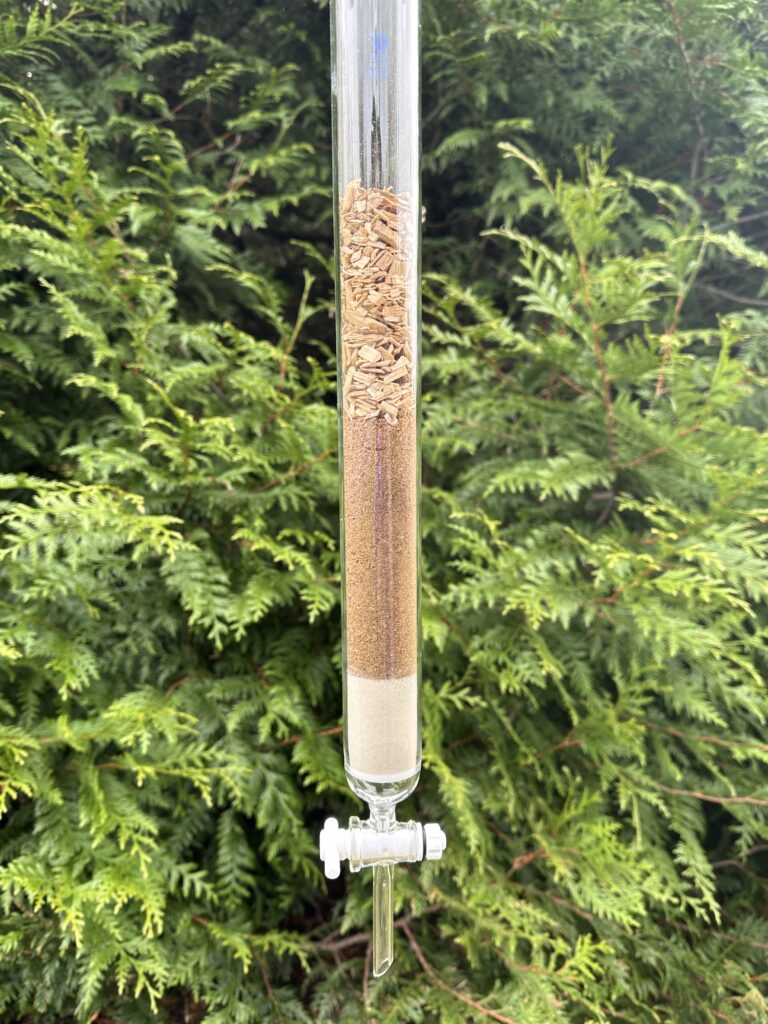
BC Conservation Foundation’s partners at the University of Victoria’s (UVic) Community Water Innovation Lab are currently assessing nature-based solutions to mitigate the impacts of tire wear toxins, specifically 6-PPDQ. UVic is constructing laboratory scale microcosm systems that replicate the functions of wetlands and/or raingardens. They will be testing numerous types of media, designs, and plant species to determine different and more efficient ways of detoxifying roadway runoff. Ultimately, the team will work towards building and testing larger-scale systems that could be implemented in the natural setting to aid in removing some or all of the 6-PPDQ in runoff before it reaches local waterways.
Aquatic Research and Restoration Centre
#105 – 1885 Boxwood Road, Nanaimo, BC V9S 5X9
Tire Wear Toxin Project Manager Contact
Phone: 250-390-2525 ext. 106
Email: htomlin@bccf.com
Follow us
We gratefully acknowledge that the Aquatic Research and Restoration Centre is located on the traditional, ancestral, and unceded territory of the Snuneymuxw First Nation. We also recognize that project activities are occurring across the traditional, ancestral, and unceded territories of Coast Salish, Kwakwaka’wakw, and Nuu-Chah-Nulth Peoples.
Copyright ©2023 British Columbia Conservation Foundation. All rights reserved. This material is owned by British Columbia Conservation Foundation and protected by copyright laws. It may not be reproduced or redistributed without the express, prior, and written permission of the British Columbia Conservation Foundation.
